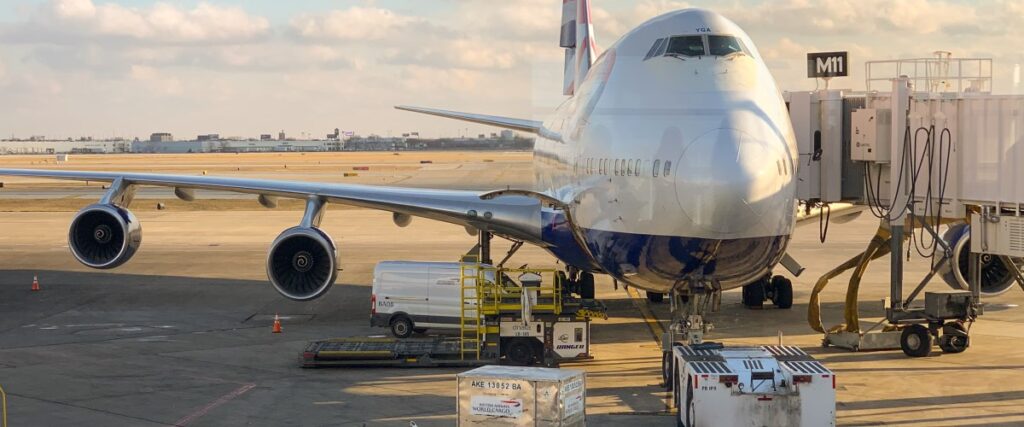Each month we will publish highlights from the important articles we’re reading about shipping and logistics. This month’s articles include forest fires impacting B.C. terminals, lockdowns in Southeast Asia, and reasons for the current high demand for ocean and air freight.
Forest Fires Impacting B.C. Terminals
Following the devastating wildfire that displaced hundreds of people in and near Lytton, B.C., the Minister of Transport has announced precautionary measures to protect against wildfires. This includes mandated train speed reductions in interior B.C. whenever the air temperature is above 30 degrees Celsius and the fire danger level for the area is “extreme”.1
Currently the terminals are completely full because CP and CN rail have not been able to take as many containers out of the terminals. Some vessels have been rediverted to Seattle/Tacoma in order to avoid berth waiting times. This means additional delays for both import and export in B.C. ports.

Lockdowns in Southeast Asia due to New Covid-19 Outbreaks
Recently lockdowns aimed to prevent the spread of Covid-19 in Malaysia, Thailand, and Vietnam are causing delays in production, scheduling, and transportation.
Malaysia has been in full lockdown since the beginning of June. All factories are forced to shut down, which is causing them to delay or cancel their customer orders.
Thailand is not in a full lockdown, but partial work from home orders are impacting productivity across the country. Our colleagues in Bangkok are partially working from home, though available Monday to Friday.
The situation in Vietnam is getting worse, with factory and terminal workers in Ho Chi Minh City having do Covid-19 testing every 3 days. If there is a positive test, the factory has to shut down for 2 weeks or more.

Reasons for Current High Demand for Ocean and Air Freight
We are seeing immense demand for ocean and air freight this summer, both for export and import. There are a few reasons for this.
First, manufacturing in North America is expanding. The Purchasing Managers Index (PMI) measures economic trends in manufacturing and is based on a monthly survey of supply chain managers across 19 industries. PMI scores over 50 signal growth. Between June 2020 and June 2021, the PMI score has increased 20% from 50 to 60, primarily driven by the US. A stronger manufacturing industry means increased demand for transportation.
Second, air freight capacity is tight. Traditionally half of air cargo was flown in the bellyholds of passenger planes, but up to 80% of passenger flights were cancelled during Covid-19. Airlines like Air Canada responded by removing seats from passenger plans to carry more cargo, but that has not been enough to meet demand. Some shippers that normally ship by air have moved to shipping by ocean, in hopes of more reliable and cost-effective options.2
Third, North American imports from Asia were at an all-time high in June. In May and June there was a Covid-19 outbreak in Yantian which caused a backlog that has been clearing up the last few weeks. That cargo is arriving at West Coast ports, creating a surge of import cargo. The high volume of import cargo is only expected to continue as US retailer inventory levels are at an all time low, and retailers look to rebuild their inventories.3
Sources:
1. Transport Canada News Release, July 11, 2021. Accessed July 12, 2021.
2. Scrambling for capacity: Carriers and shippers alike struggle to move freight by air, Inside Logistics, June 18, 2021. Accessed July 13, 2021.
3. Strong US imports from Asian in June point to larger summer surge, Journal of Commerce, July 12, 2021. Accessed July 13, 2021.


